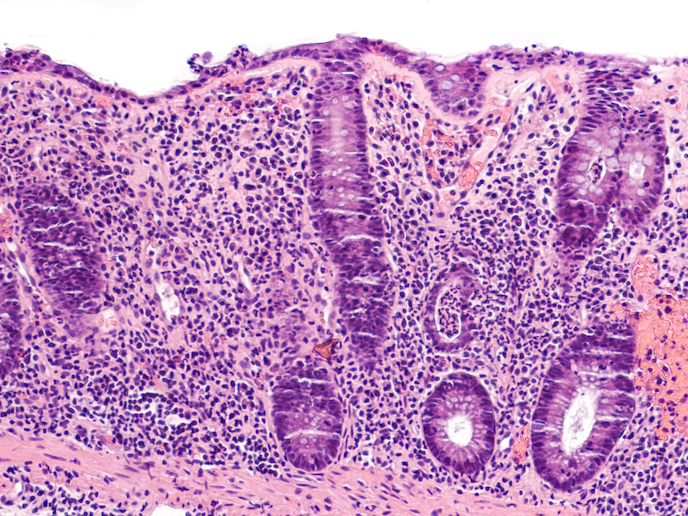Training scientists in chromatin diseases
Chromatin diseases result from pathologies in either chromatin structure or chromatin-modifying enzymes, both drastically affecting gene expression. It is necessary to study these pathologies, not only to unravel the regulation of gene expression in chromatin, but also to find new and effective ways to treat chromatin diseases. Rapidly developing post-genomic biology offers a variety of tools and next-generation technologies to study chromatin diseases. A new generation of young scientists trained in a variety of modern biological disciplines will be able to address chromatin diseases in all their complexity. The EU-funded Initial Training Network (ITN) 'Chromatin diseases: From basic mechanisms to therapy' (DISCHROM) was established to promote research and training in the field of chromatin diseases. The network assembled a group of cross-disciplinary experts ranging from clinical to academic scientists, backed up by state-of-the-art technologies teams. Expert scientists were involved in student training through workshops and lecture courses. Young researchers were trained at high levels of molecular, cellular, developmental and chromatin biology, genomics, epigenetics, bioinformatics, imaging and high-throughput gene technologies. Four chromatin pathologies were addressed in research: Rett syndrome; alpha thalassemia with mental retardation syndrome, facioscapulohumeral muscular dystrophy; and, immunodeficiency, centromeric region instability, facial anomalies syndrome. The research was focused on the mechanism of DNA methylation and how it is affected in these specific diseases. Over course of the programme, new ways to treat Rett syndrome were proposed, which included development of new in vivo protocols for phenotypic evaluation. In addition, new drug treatments are under development. While rare chromatin diseases represent a social problem, they receive less attention from pharmaceutical companies to develop therapeutic interventions. Chromatin disease research can address these problems by finding new and more effective treatments.
Keywords
Chromatin, chromatin diseases, gene expression, post-genomic biology, Rett syndrome, alpha thalassemia, muscular dystrophy, phenotypic evaluation







